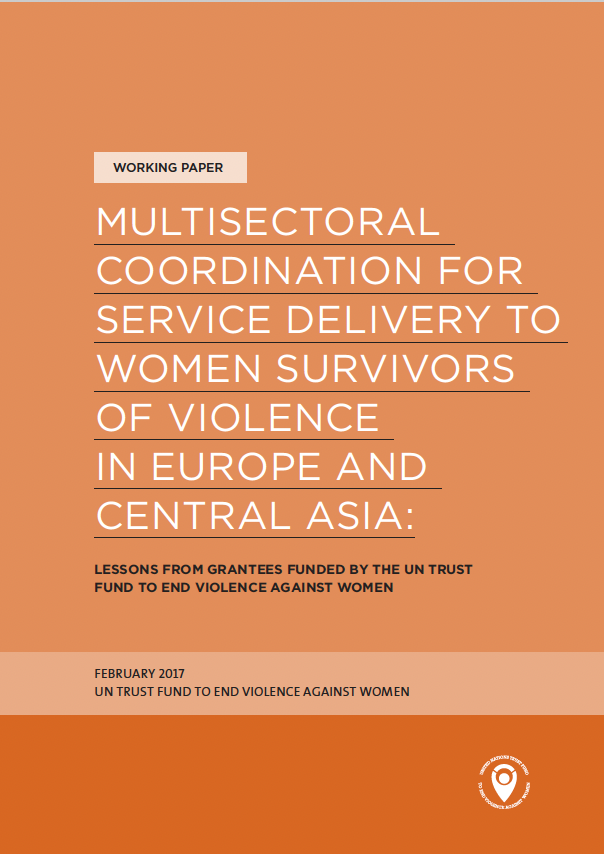
Multisectoral coordination for service delivery to women survivors of violence in Europe and Central Asia: Lessons from grantees funded by the UN Trust Fund to End Violence against Women

Multisectoral coordination in service delivery is key to preventing and ending violence against women and girls at any level. In the Europe and Central Asia (ECA) region, many countries have been affected in recent history by conflicts and political turmoil, generating significant setbacks to gained rights. Radicalization of public discourse, the rise of ultra-right wing and anti-gender movements, all have led to shrinking spaces for civil society and women’s rights organizations to take action to meet the needs of survivors and those at risk of violence against women. However, civil society and especially women’s rights organizations have been initiating, running and scaling up multisectoral coordination approaches and mechanisms for service delivery.
Drawing from the work and experience of 13 grantees (UN Country Team offices, civil society organizations and Government institutions) supported by the UN Trust Fund to End Violence against Women (UN Trust Fund) to implement projects in the ECA region between 2007 and 2016, the working paper showcases:
- The common challenges in ending violence against women and girls;
- The common approaches to multisectoral coordination for service delivery;
- The commonalities in key achievements and results; and
- Recommendations and lessons for projects working on multisectoral coordination of service delivery.
The review found that women's rights organizations specializing in ending violence against women and girls (EVAW/G) must have a central role in the multisectoral coordination model in order for it to be effective in delivering services to women survivors of violence that meet their needs.